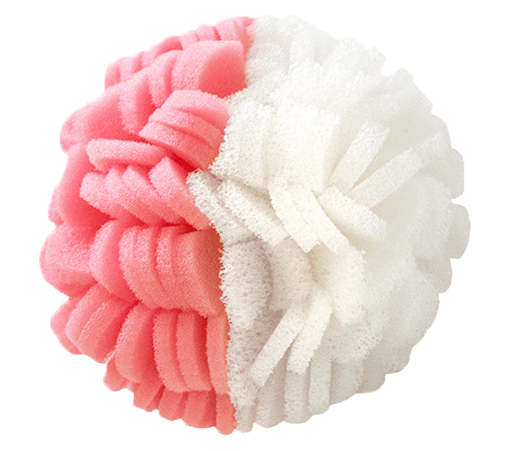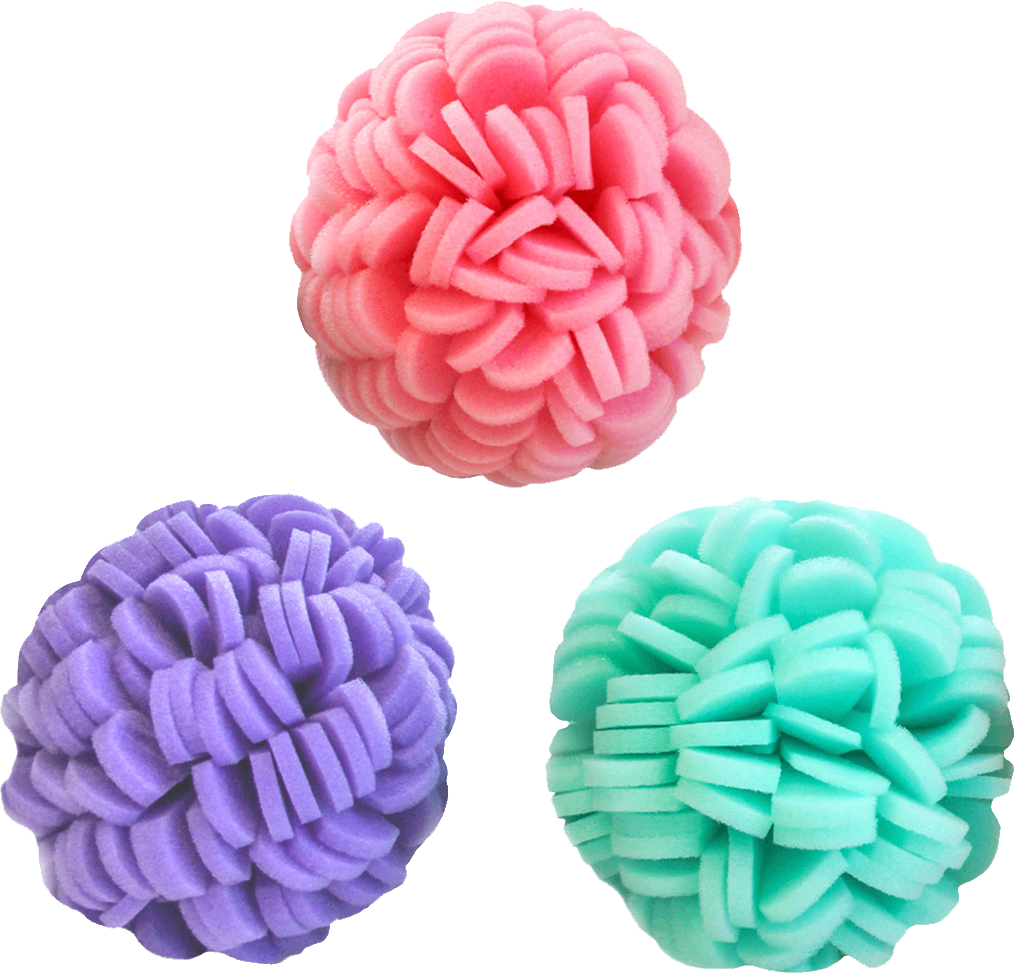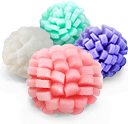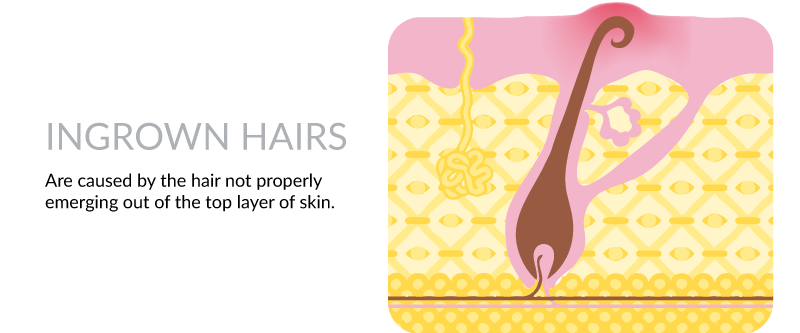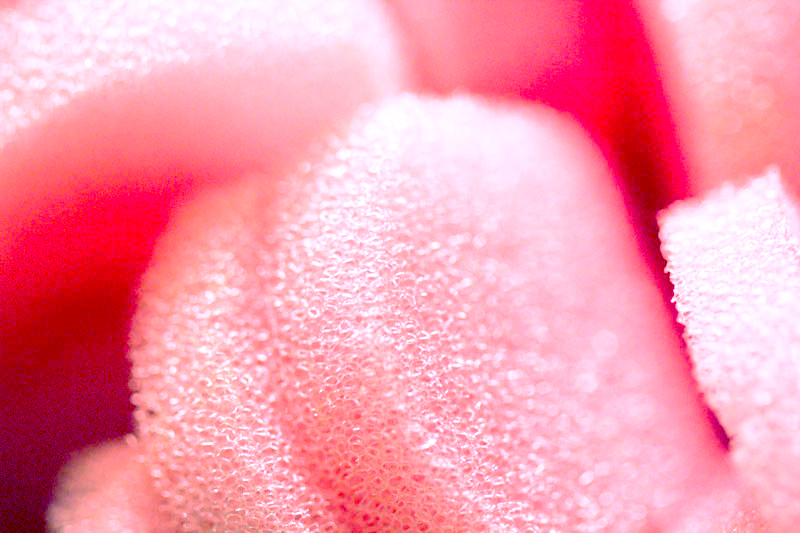From the occasional bikini wax to weekly waxing the upper lip, waxing any part of the body is seldom a pleasant and plainless endeavor. While many of us merely wipe away any waxy residue and go about the rest of our days, this does little to soothe the inflammation or vulnerability and sensitivity characteristic of freshly waxed skin. Treating waxed skin is by no means time consuming, but there are certain practices that you should follow ot ensure that your skin stays smooth and protected in the days immediately following your waxing.
Use an anti-inflammatory moisturizer
You should use a moisturizer every day, regardless of your skin type, age, or gender. However, those who undergo waxing sessions must make sure to moisturize daily, or else the skin may become dried out and even more inflamed. When looking for moisturizers, it is important to find one that contains both hydrating, anti-inflammatory, and anti-bacterial properties. Calendula officinalis, or pot marigold, has repeatedly demonstrated its prowess as a soothing anti-inflammatory, wound-healing, and anti-bacterial agent (Indian Journal of Experimental Dermatology, Evidence-Based Complementary and Alternative Medicine, Complementary Therapies in Clinical Practice ).
Topically-applied chamomile has also demonstrated a propensity for accelerating wound healing and easing inflammation (Molecular Medicine Reports), whereas the up-and-coming fulvic acid packs a bunch in having very strong anti-bacterial and anti-inflammatory properties ( Journal of Antimicrobial Chemotherapy, Drug Development Research). Fulvic acid was also found to treat patches of severely dried skin due to eczema by treating signs of inflammation and scaling, indicating that fulvic acid may have potential in treating inflammation and dry skin due to waxing(Clinical and Cosmetic Investigative Dermatology)
Exfoliate
By removing debris and bacteria that may be polluting the skin’s pores, exfoliation keeps the skin healthy and glowing. But not only does not it serve as an ever-reliable clean-up service for your skin, it can also help to treat ingrown hairs that may develop after a waxing session. Ingrown hairs typically occur in curved hair follicles, which produce curly hairs. It is believed that curved hair follicles lead plucked or cut hairs to curve back into the skin, thus leading to hairs becoming embedded beneath a layer of skin (Mayo Clinic).
Exfoliating can reduce the instances of ingrown hairs by gently removing the layers of skin that keep them trapped beneath the skin’s surface. Regular exfoliation also encourages hair to grow in their proper direction, instead of curling back into the skin (Knox Dermatology Group) However, you should wait at least 24 hours before exfoliating after waxing, though up to 3 or 4 days if you had a particularly adverse reaction to your waxing or if this was your first time waxing (Claire Francoise). For the best post-waxing exfoliation we suggest using of the ViaBuff Exfoliators and a gentle exfoliating cream that can both cleanse and soothe the skin.
Use a synthetic exfoliating puff
All-natural and organic products have dominated the skin care market in recent years. However, all-natural exfoliators may do more harm than good for your skin, especially skin that is freshly waxed and vulnerable. Several studies have shown that exfoliators and cleansing tools made from plant-based or other natural materials harbor a great deal of bacteria , and cannot be disinfected using simply soap and hot water (European Journal of Dermatology, Journal of Clinical Microbiology). In many instances, dead skin cells, bacteria sloughed off during exfoliation, and old exfoliation creams can collect in the crevices of your loofah or sponge. This, combined with a perpetually moist environment makes loofahs particularly hospital to several tough bacteria, such as staphylococcus aureus and E. coli.
Instead of plant-based loofahs, you should consider sponges and puffs made of synthetic materials, such as one of the ViaBuff Exfoliators. These puffs were designed to not only last three times longer than your standard exfoliating puffs and loofahs, but they were made of synthetic fibers that discourage mold proliferation. Even if you sense that you puff is becoming bacteria-laden or moldy, the ViaBuff can be easily washed and air dried for repeated use.
Wear loose-fitting clothing
When waxing, it may be tempting to wear tight clothing or sensual fabrics that contrast nicely with your skin’s newfound smoothness. However, these types of clothing may irritate your skin further if you wear them too soon after waxing . As a general rule, those who receive body waxes (not on the face) should avoid tight clothing or potentially irritating fabrics for at least a day after the waxing. Other activities which can induce heat and friction, such as rigorous exercise, tanning, swimming, or using saunas and hot tubs should be avoided for several days after receiving a body wax (Aylesbury Wax, Claire Francoise)
Avoid hot showers
Hot showers are usually a bad idea for those looking to maintain healthy skin, as hot showers can remove healthy natural oils from the skin, leaving it flaky and parched (American Skin Association, Baylor College of Medicine). Those with freshly-waxed skin should be especially careful to keep water lukewarm when showering, for fear that the hot water would not only further inflame the skin, but also remove additional moisture and welcome bacteria into freshly-opened pores. Aside from avoiding hot showers, also avoid saunas, heated swimming pools, or hot tubs which can also exacerbate the skin’s inflammation (Livestrong)
Bottom Line
Waxing can be a painful part of your beauty routine, but caring for waxed skin doesn’t have to be a hassle. For healthy skin soon after your waxing session, make sure to moisturize it daily with a hydrating serum that contains moisturizing, anti-bacterial, and anti-inflammatory ingredients such as Calendula officinalis or chamomile. You should wait at least one day after waxing to exfoliate, and make sure to use an exfoliating puff made of synthetic fibers such as the ViaBuff Exfoliators, which inhibit mold growth while still thoroughly exfoliating the skin. Regularly exfoliating can also keep away the ingrown hairs characteristic of frequent waxing sessions, as well as encouraging wayward hairs to grow in the proper direction. Finally, avoid hot showers/saunas/hot tubs and tight clothing that can irritate freshly-waxed skin on the body.

